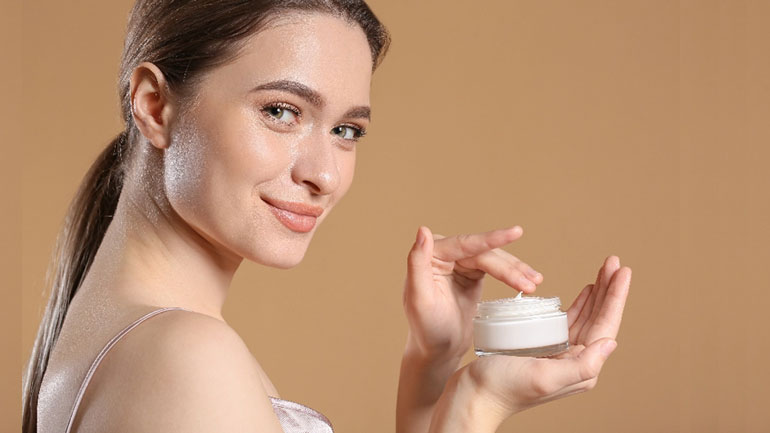
When it comes to product labels, many people have become proficient at reading the fine print. For example, it’s not unusual to see shoppers in supermarket aisles reading ingredient labels on food packaging before putting items in their carts. Their reasons for doing so can vary. Shoppers with health concerns, such as high blood pressure or peanut allergies, will carefully review the ingredient list. Similarly, eco-conscious shoppers might choose meat-free products with organic ingredients.
As with food packaging, labels on skincare products also convey important information. Unfortunately, the terminology used with skincare is less familiar, which can turn shopping for the correct product for your skin’s needs into a confusing endeavor. For starters, ingredients are often divided into two categories: active and inactive. What’s the difference?
Why Are Active Ingredients Important?
Active ingredients perform the action for which the item is purchased because active ingredients have been proven to affect the skin.
Common active ingredients in skincare products include:
- Alpha hydroxy acids (AHAs), which help improve skin tone and texture by reducing the appearance of fine lines, wrinkles, and age spots
- Retinoids, such as vitamin A, which help reduce the signs of aging and appearance of acne scarring
- Benzoyl peroxide and salicylic acid, which help treat acne
- Vitamin B3, which helps ease inflammation, thereby minimizing pore appearance, skin redness, and blotchiness
- Hyaluronic acid, which helps hydrate the skin, increasing firmness
Why Are Inactive Ingredients Important?
Inactive ingredients perform a different purpose. In skincare products, inactive ingredients don’t directly affect the skin; rather, they enable the product to be applied to the skin so that the active ingredients can take effect.
Returning to the grocery aisle for an analogy, we can think of inactive ingredients this way: If you are enjoying a dish of chocolate pudding after a meal, you can thank the inactive ingredient of starch, which has no flavor and is used only as a thickening agent. Without starch, your chocolate pudding – which is made from milk, cocoa, and sugar – would just be chocolate milk – still delicious but not very dessert-like. However, add the inactive ingredient of starch and your chocolate milk thickens to pudding.
Likewise, inactive ingredients in skincare have three primary purposes:
- To deliver the active ingredients to the skin in the most suitable form for their purposes (for example, ensuring that a face cream is not watery or that a toner is not thick)
- To make the skincare product feel, look, or smell nice
- To preserve the skincare product so that it doesn’t expire while on the shelf
While inactive ingredients must be safe to use, it’s important to note they are not regulated in the same manner as active ingredients.
How to Choose and Use Skincare Products
- Check the label for active ingredients before purchasing.
- Active ingredients will include the amount of the ingredient, in descending order of concentration. The most-used ingredient in the product will be listed first; the least-used ingredient will be listed last.
- Inactive ingredients need not be listed in order of concentration. They might be listed alphabetically.
- Follow label directions to avoid overusing a product.
- If you’re interested in vegan or cruelty-free products, look for designation on the label. Cruelty-free products typically incorporate an illustration of a happy-looking bunny, since rabbits are often used in laboratory experiments for product testing.
- If you have a reaction to a product, check the label and consult your dermatologist before using another product with the same ingredients.
- Avoid using actives that can interact with one another, such as benzoyl peroxide or salicylic acid with retinoids or alpha hydroxy acids and retinoids.
- Check the expiration date and follow it.
Labels can tell you a lot about products as long as you understand what the ingredients are, what they do, and how they can affect you. If you have questions, talk to a dermatologist or esthetician. Learn more from the accompanying resource by SeSpring.






